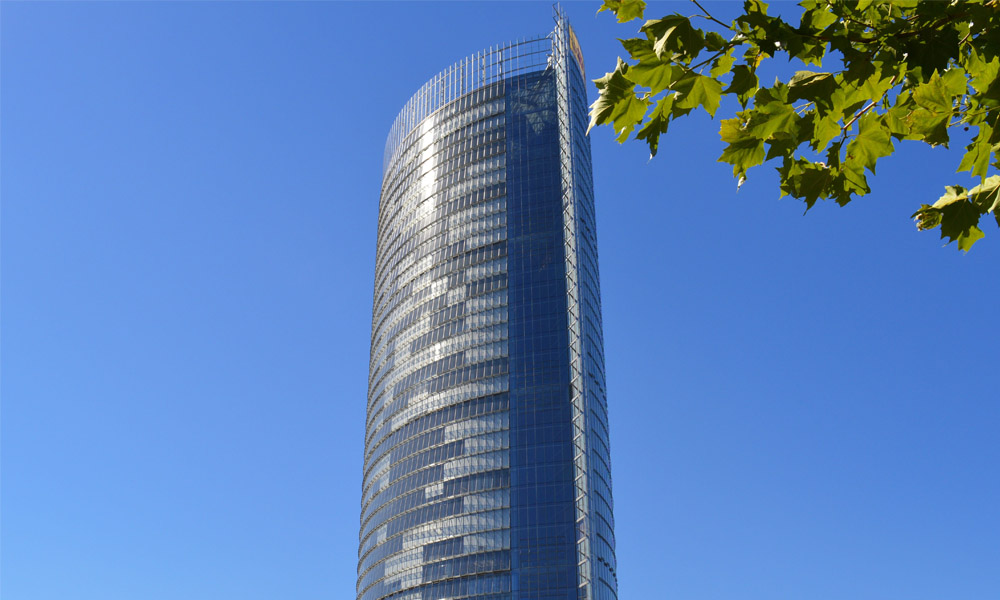

The Benefits of Solarban Low-E Glass Enhancing Energy Efficiency in Modern Architecture
In recent years, the architectural industry has witnessed a significant shift towards energy-efficient building materials. One such material that stands out is Solarban Low-E glass, a product specifically designed to enhance thermal performance and energy efficiency in buildings. This advanced glazing solution offers a multitude of benefits, making it a popular choice among architects, builders, and homeowners alike.
Understanding Low-E Glass
Low-E, or low emissivity glass, is coated with a thin layer of metallic oxides that reflect some wavelengths of light while allowing others to pass through. This unique property helps to reduce heat transfer, thereby maintaining a comfortable indoor temperature throughout the year. Solarban Low-E glass goes a step further by optimizing solar control. Its special coatings reduce the amount of solar heat that enters a building while allowing natural daylight to illuminate interiors. This balance of light and heat is essential in creating energy-efficient buildings.
Energy Savings and Cost Efficiency
One of the primary advantages of Solarban Low-E glass is its ability to significantly reduce energy consumption. By minimizing heat loss during the cold months and reducing solar heat gain during the summer, this glass contributes to lower heating and cooling costs. According to various studies, buildings equipped with Solarban Low-E glass can achieve energy savings of up to 30% compared to those using conventional glass. Over time, these savings can lead to substantial reductions in utility bills, making it a financially savvy choice for both new constructions and renovations.
Enhanced Comfort and Natural Light

Besides energy efficiency, Solarban Low-E glass enhances the overall comfort of indoor spaces. By providing excellent thermal performance, it helps to prevent uncomfortable temperature fluctuations, creating a stable and cozy environment for occupants. Furthermore, the glass allows ample natural light to penetrate while reducing glare and UV exposure. This is particularly beneficial in commercial spaces where employee productivity can be affected by environmental factors. Natural light not only improves mood and well-being but also reduces the need for artificial lighting during daytime, further saving on energy costs.
Environmental Impact
In an era where sustainability is paramount, Solarban Low-E glass stands as an environmentally friendly choice. By lowering energy consumption, buildings using this glass contribute to a decrease in greenhouse gas emissions associated with heating and cooling systems. Moreover, its longevity and durability mean that it doesn’t need to be replaced as frequently as other materials, reducing waste. The combination of energy savings and reduced carbon footprint makes Solarban Low-E glass an attractive option for eco-conscious builders and homeowners.
Aesthetic Versatility
In addition to its functional benefits, Solarban Low-E glass offers aesthetic versatility. It can be manufactured in various designs, sizes, and finishes, allowing architects to create beautiful and modern facades without sacrificing performance. The sleek appearance of this glass complements contemporary architectural styles while also enhancing the visual appeal of traditional designs. This versatility ensures that Solarban Low-E glass can be integrated seamlessly into a wide range of building types, from residential homes to commercial skyscrapers.
Conclusion
In conclusion, Solarban Low-E glass represents a significant advancement in glazing technology, offering a multitude of benefits that align with the needs of modern architecture. Its energy-efficient properties lead to substantial cost savings, while enhancing indoor comfort and natural lighting. Furthermore, its minimal environmental impact and aesthetic versatility make it an ideal choice for sustainable building practices. As the demand for energy-efficient solutions continues to rise, Solarban Low-E glass is well-positioned to play a crucial role in shaping the future of green architecture. Embracing this innovative material not only contributes to a more sustainable built environment but also elevates the quality of life for those who inhabit these spaces.